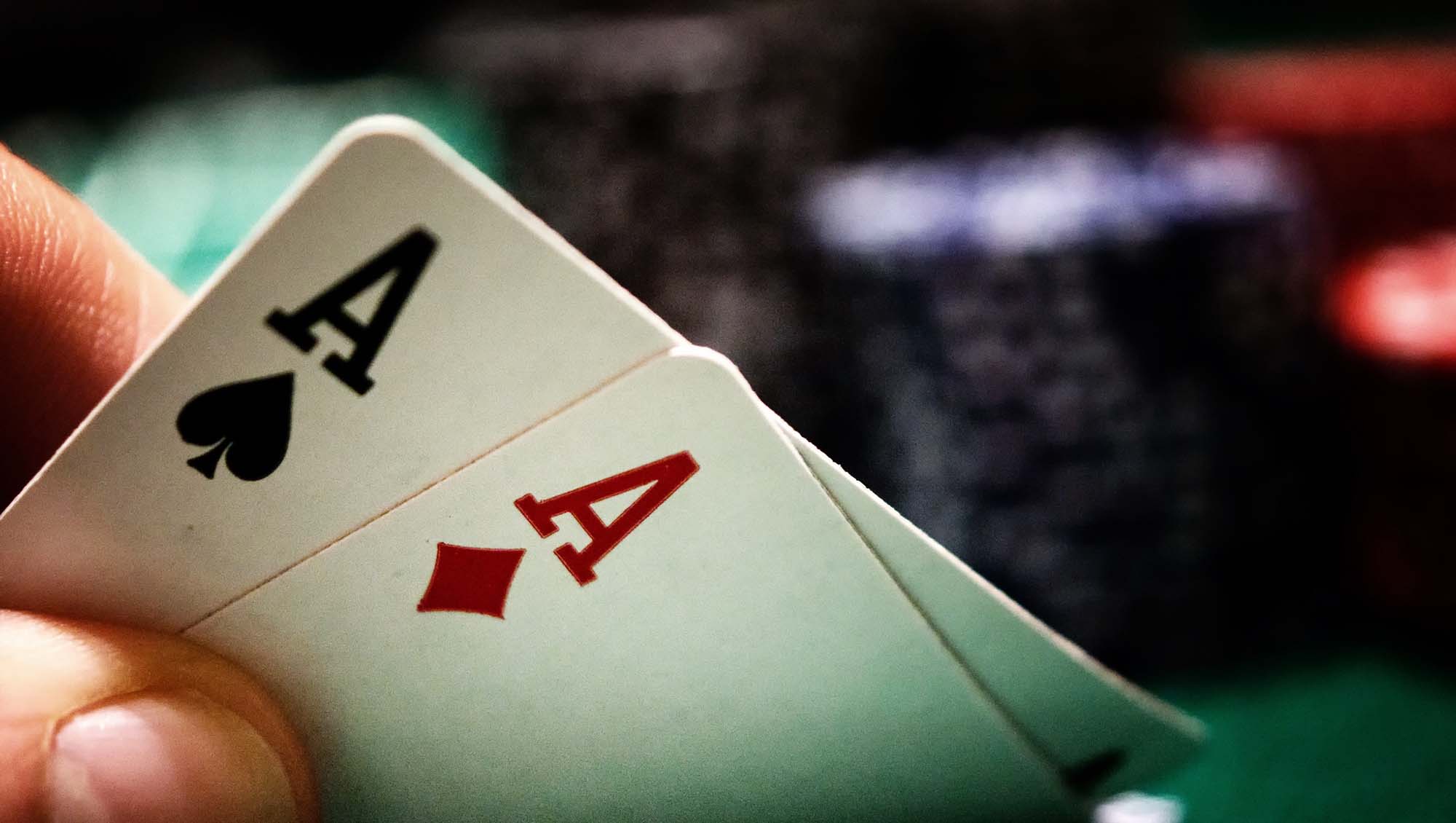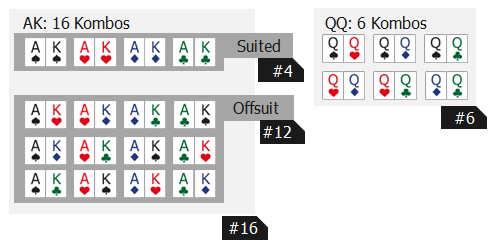What is Poker Combinatorics?
The possible combinations in Poker are the following ones: PAIR, two cards that are the same rank and the other three cards have a different rank. DOUBLE PAIR, four cards which form two different pairs (KKJJ) and with all the cards as an example, the fifth one has a different rank. An ace-high straight flush, commonly known as a royal flush, is the best possible hand in many variants of poker. In poker, players form sets of five playing cards, called hands, according to the rules of the game.
 Combinatorics can also be used for off-table analysis. While it is not feasible to list the exact number of flop combos someone has during an actual hand – it should be easy enough afterwards, especially if we use
Combinatorics can also be used for off-table analysis. While it is not feasible to list the exact number of flop combos someone has during an actual hand – it should be easy enough afterwards, especially if we use There are lots of situations (including many of those we'll come across in poker) where the number of items we're choosing from is too big for listing all the possible choices to be practical. In those cases, the following formula lets us work out nCr in the absence of a calculator. See Also:- How To Play Poker. Ace-King, Ace-Queen, Ace-Jack. Thanks to their highness and royalty, these are the next highest possible starting hands in the game of poker. The Ace-King pair is the strong starting hand that gives you a lot of opportunities to make strong hand combinations. It is definitely a perfect bet to win a pot at the table. Poker Combinations. One of the more math-intensive strategy topics in poker is figuring out the chances of being dealt different hands. The type of poker you are playing determines whether you use five or seven cards to find the value of your hand, and this by itself can drastically change the chances of making particular poker hands.
calculation software such as Flopzilla.
Why use Poker Combinatorics?
 With the first type of “category-based thinking”, we could easily be forgiven for assuming that these three categories of hands represent roughly an equal portion of our opponents range. In the second example, we are not quite using full combinatorics, but our knowledge of combinatorics has allowed us to add weightings to our “category-based thinking”.
With the first type of “category-based thinking”, we could easily be forgiven for assuming that these three categories of hands represent roughly an equal portion of our opponents range. In the second example, we are not quite using full combinatorics, but our knowledge of combinatorics has allowed us to add weightings to our “category-based thinking”.Preflop Combinations
